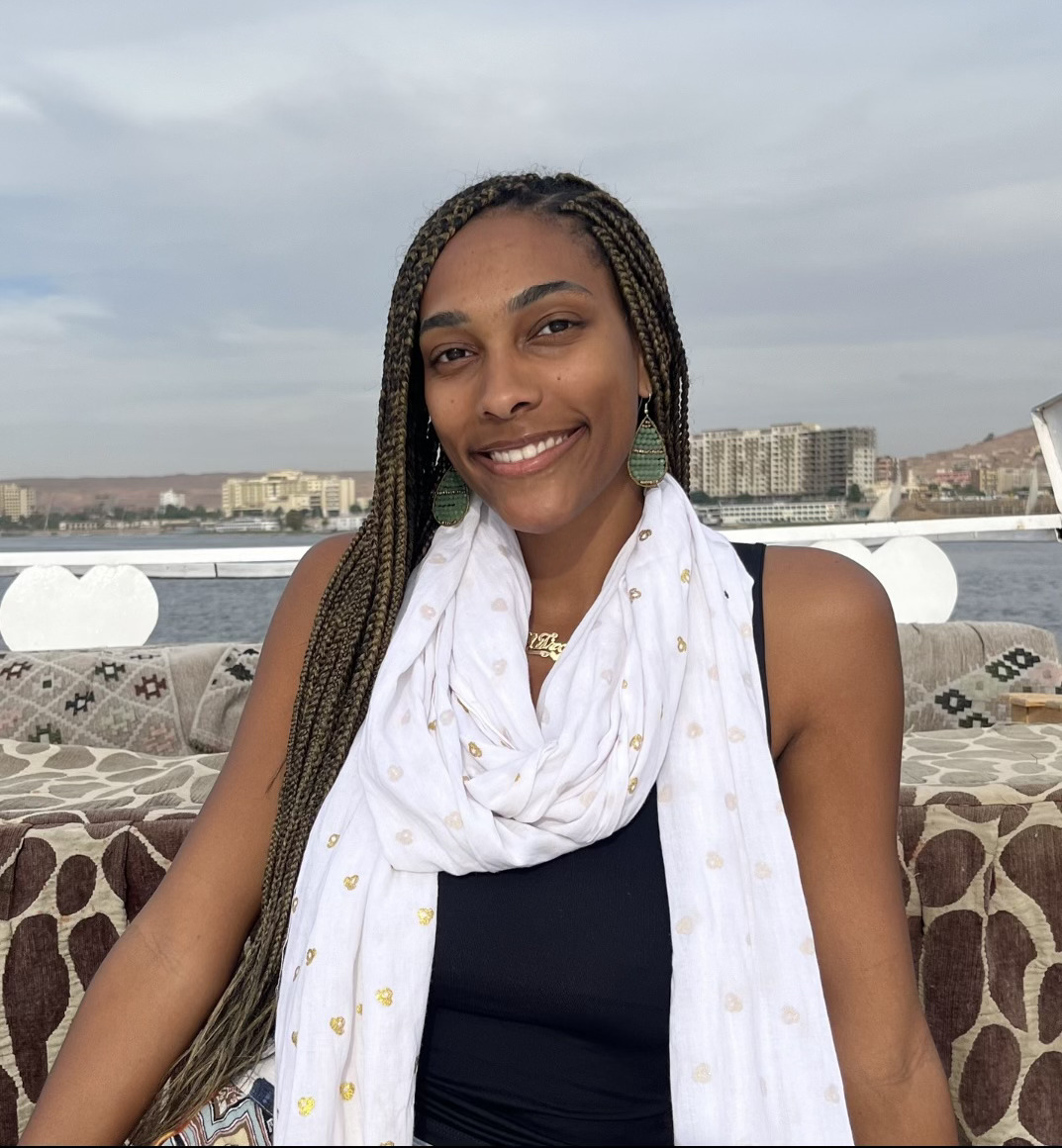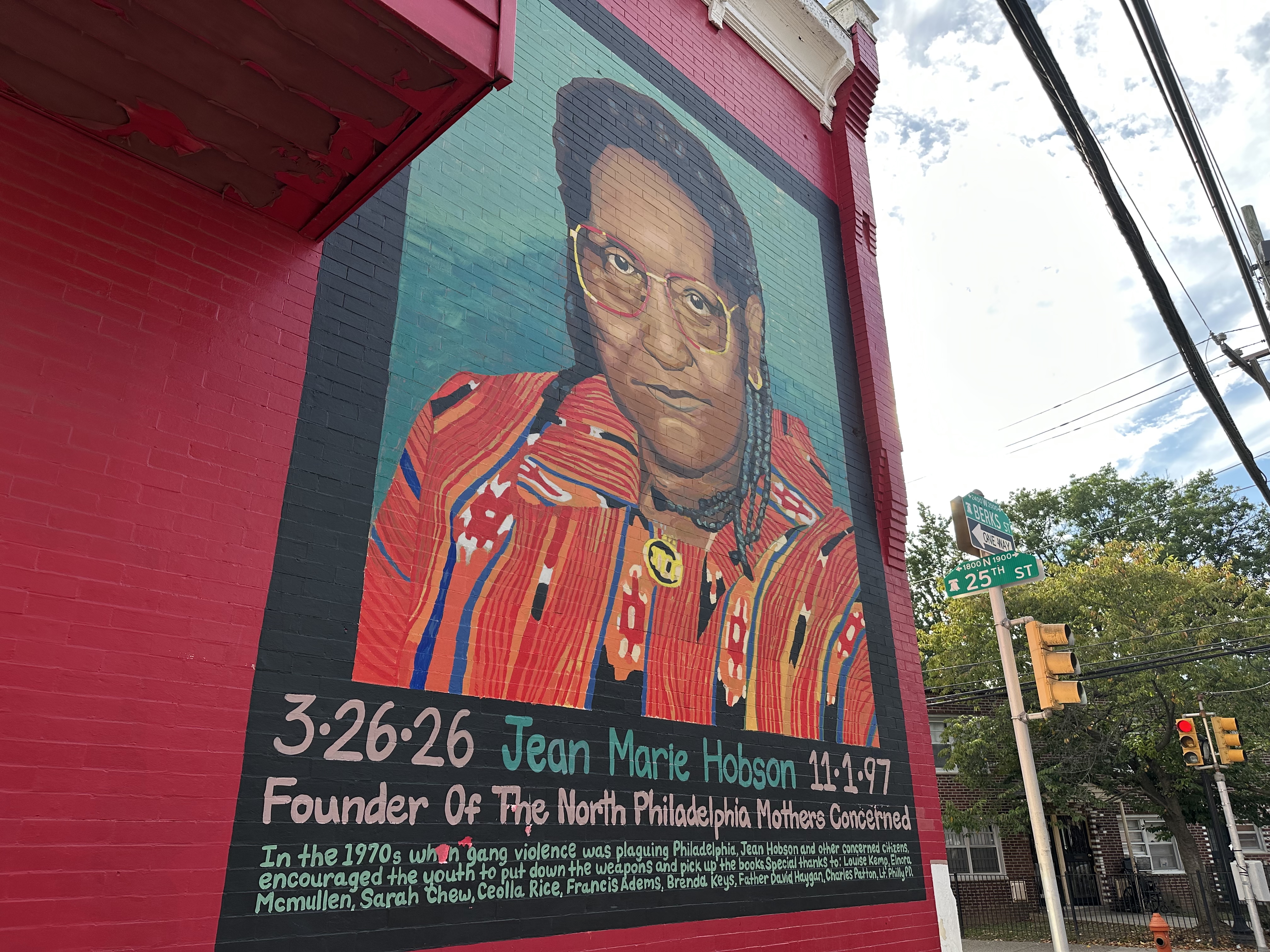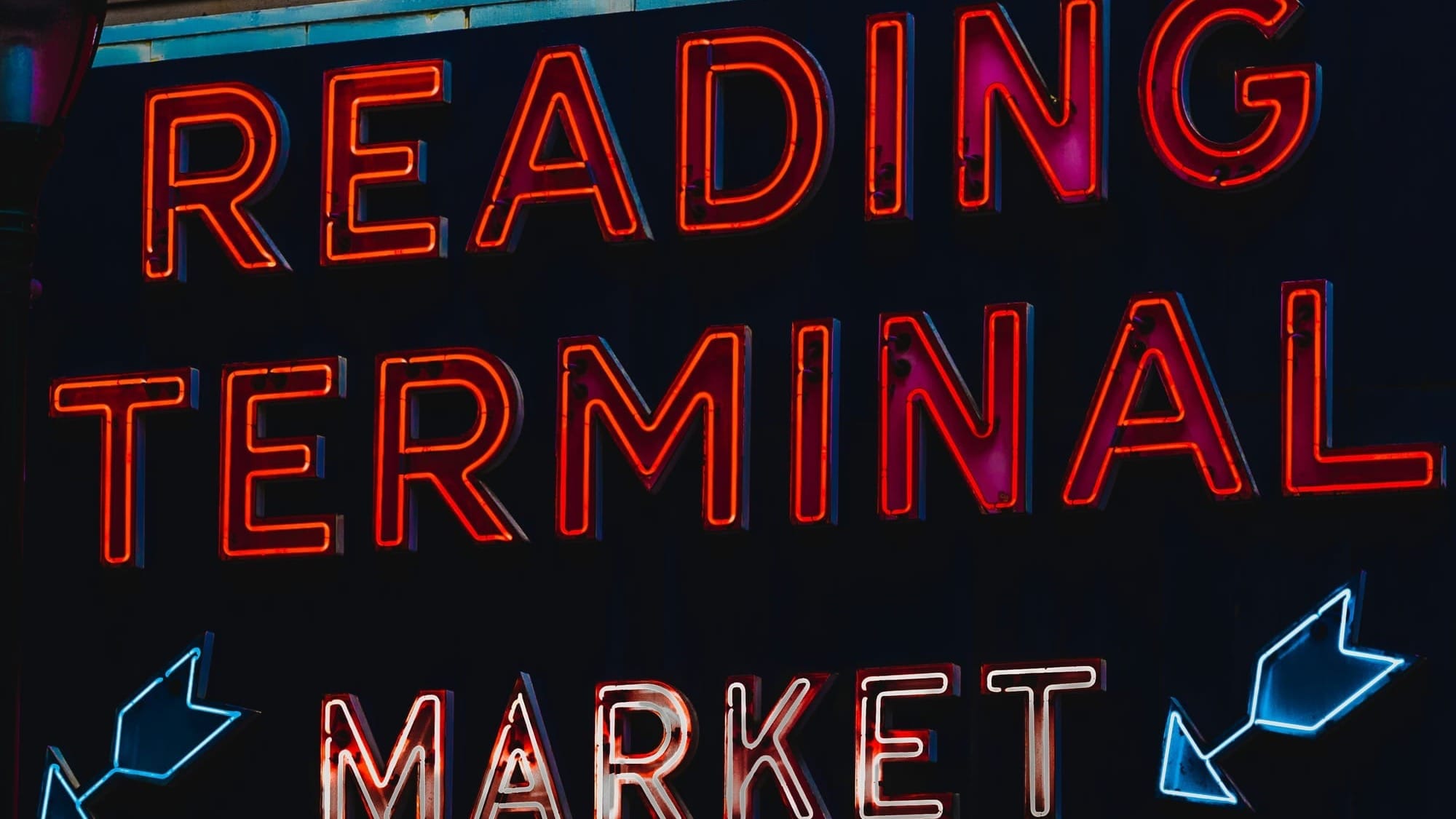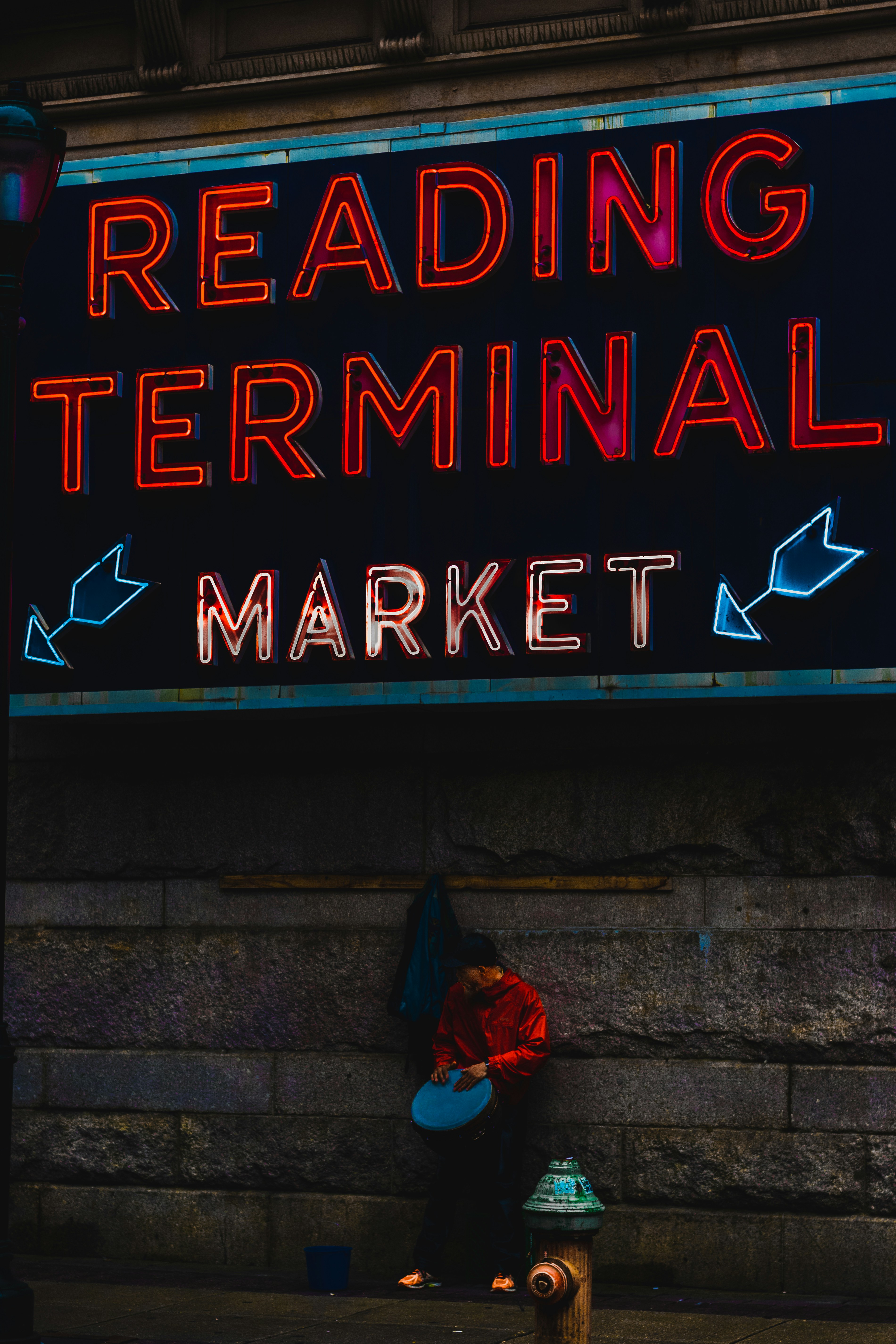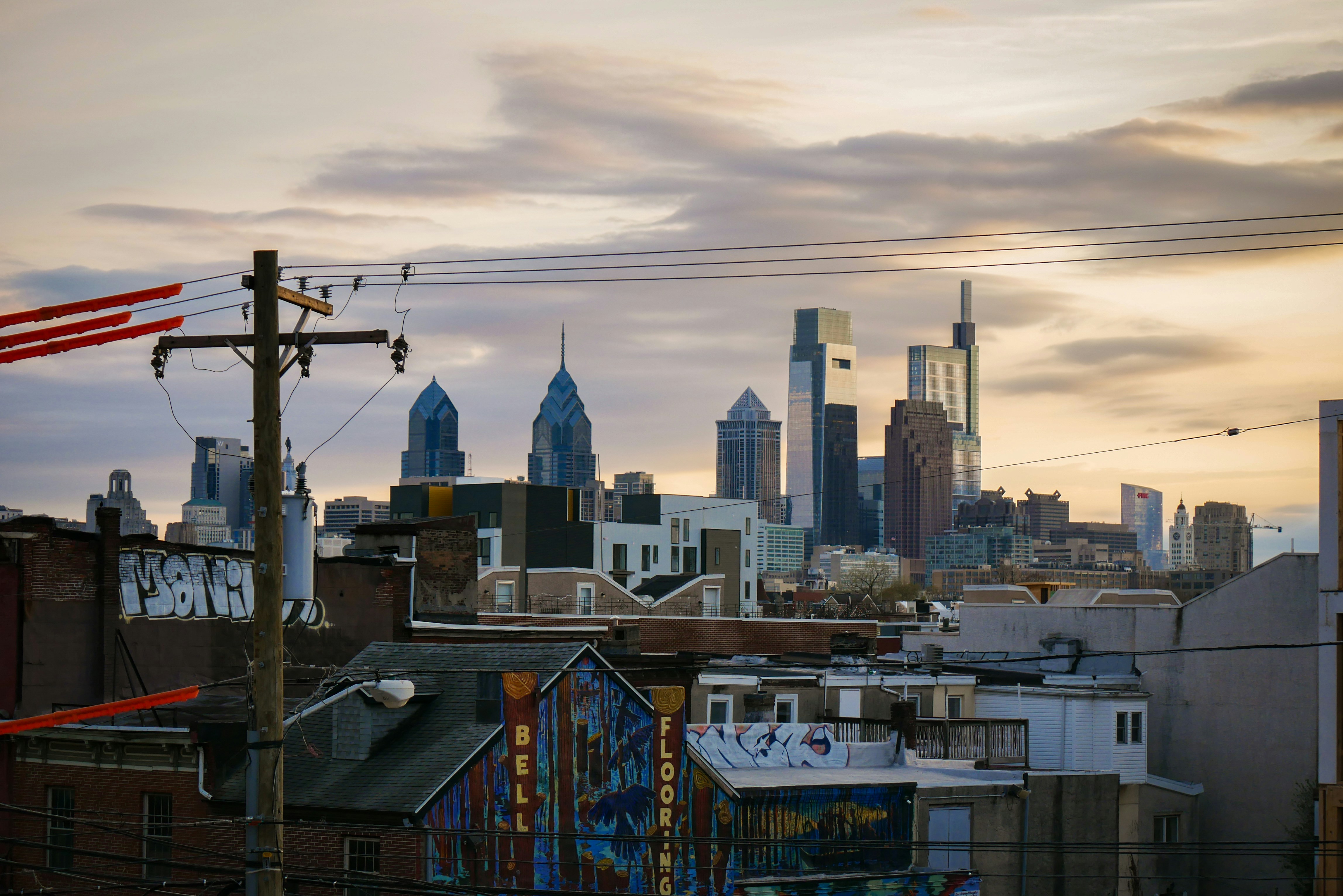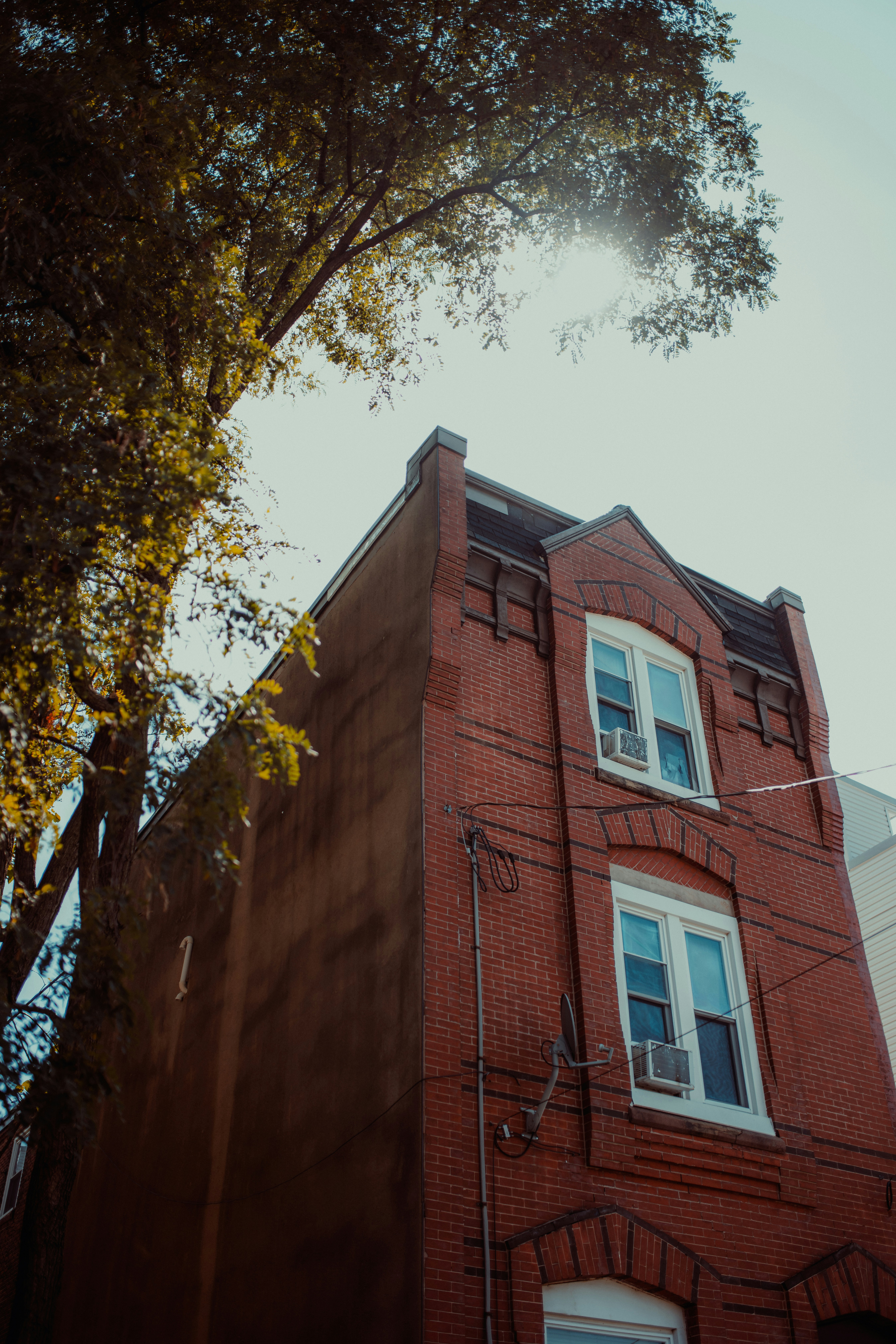The Forgotten Black Cemeteries of Philadelphia
Black folks also founded, created, and funded their own cemeteries to pay respect to their loved ones. Today, these cemeteries still exist, immortalizing what it means to see the humanity within yourself when others refuse to see or believe in it.
The history of Black people in Philadelphia goes deep. Decades before William Penn planted the English Flag, trafficked Africans were in the region. By the 1700s, Philadelphia became a critical stop on the Underground Railroad. By the early 1800’s, Philadelphia had the largest Black population of any city in the newborn nation. During the Great Migration of the 1900s, Philadelphia became a permanent home for people of African descent, many seeking to escape from the unchecked violence and lack of opportunities in the South.

As Black people settled in Philly, they started families, lived their lives and eventually passed. A final indignation arose; where to bury these Black people once they died. Why? The short answer is racism. When free Black people died, racism prevented them from being laid to rest alongside white Americans, not even within the same cemeteries and burial grounds.
So Black Americans did what they always do: they made a way. But even these were segregated. Enslaved Black people, unlike free Black people, were often buried at the yard of the church where their traffickers attended. A paupers field called Washington Square Park became the final resting place for many free working class Black folks.
But Black folks also founded, created, and funded their own cemeteries to pay respect to their loved ones. Today, these cemeteries still exist, immortalizing what it means to see the humanity within yourself when others refuse to see or believe in it.
Here are three of those sacred spaces. Consider visiting a historic site and paying homage not only to the ancestors below the surface, but also to the ones who fought to carve out space for their final resting places.
Eden Cemetery
Located in Delaware County, Eden Cemetery was established in 1902 and is one of the oldest Black-owned cemeteries in the North. It remains Black-owned and operated today. Many prominent Black Philadelphians are buried here, including William Still, conductor on the Underground Railroad; Marian Anderson, contralto and opera singer; and Octavius Catto, principal of the Institute for Colored Youth.
The cemetery offers daily tours that bridge the connections between past and present. It’s a living relic of what it means for African American history to be preserved and championed.

The Concord School House and Upper Burying Ground of Germantown
This two-part historical experience includes the Upper Burying Ground, established in the late 1600s as one of the first places where Black Americans could lay their loved ones to rest. Later, the Concord School House was built on the grounds as an academic institution. It stands as a powerful symbol of the circle of life. Open to the public every second Saturday of the month from noon to 4 p.m., the space offers tours that share the history and significance of both sites. Admission is free, with donations appreciated.
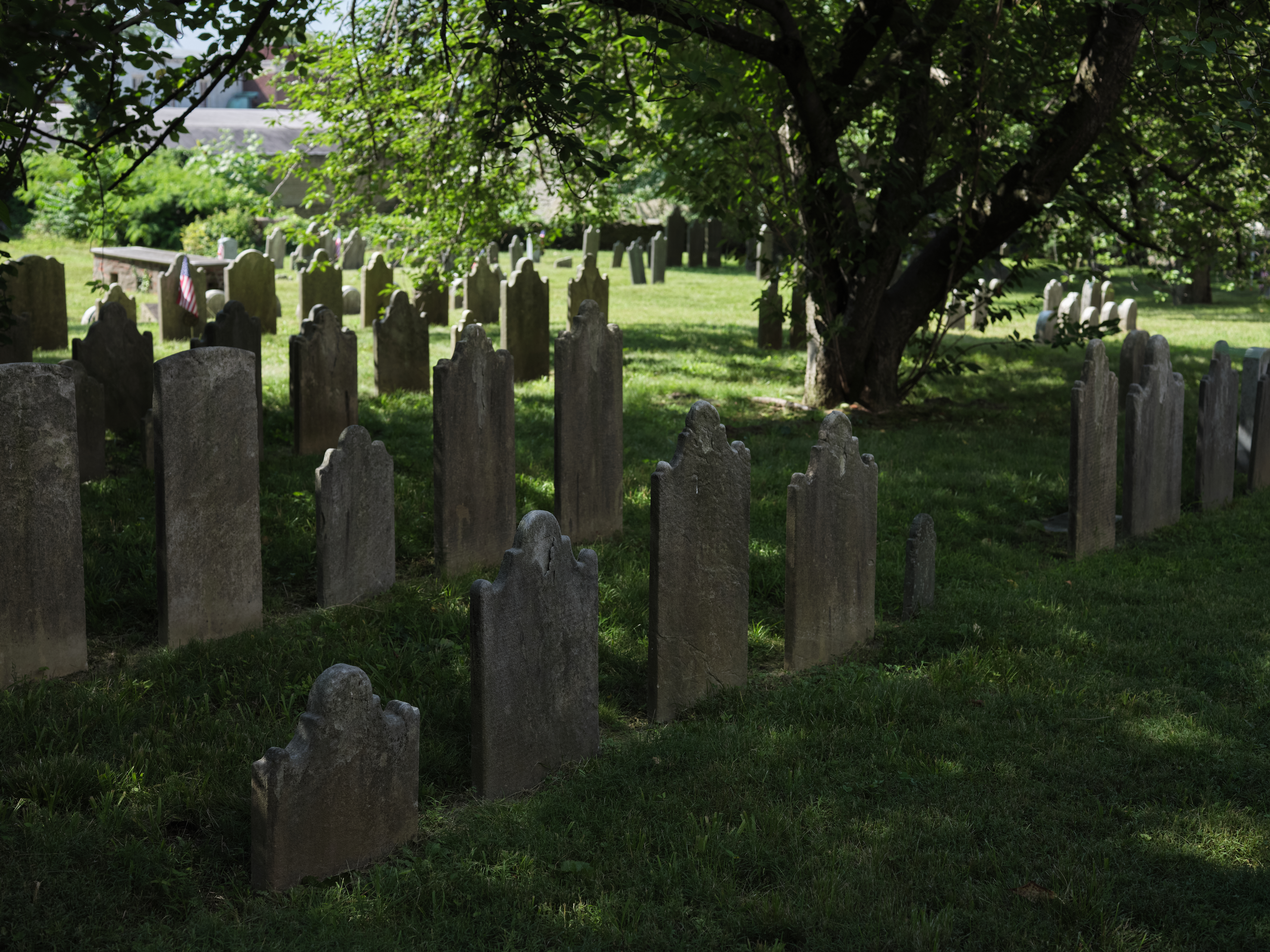
Bethel Burial Ground
Connected to the historic Mother Bethel AME Church (the founding church of African Methodist Episcopalians), the Bethel Burial Ground is just a 10-minute walk from the church, beneath what is now Weccacoe Playground in South Philadelphia’s Queen Village. While this may not be a traditional cemetery visit, sometimes sitting in the energy of the ancestors is enough. Visitors are welcome during park hours for quiet reflection, meditation, restoration, or simply to reconnect with the land and the legacy of those who came before.

The stories of Black cemeteries are a potent reminder that everything Black Americans have was fought for, even our final resting places. Access to these forgotten cemeteries shows that we remain deeply connected to our ancestors and our forefathers and foremothers. It reveals that the fight for justice persisted back then, even in death, and still persists today.
It reminds us that we’re rarely fighting for ourselves. Whether we’re fighting for someone who came before us or someone who has yet to be born, the truth is this: we are not all free until we are all free, and that includes the deceased.
